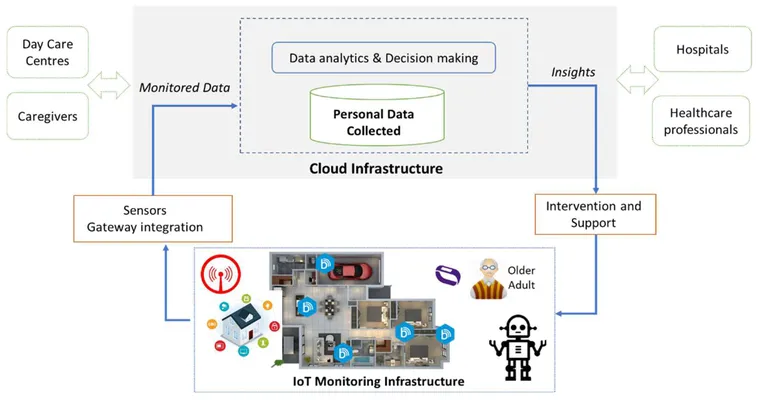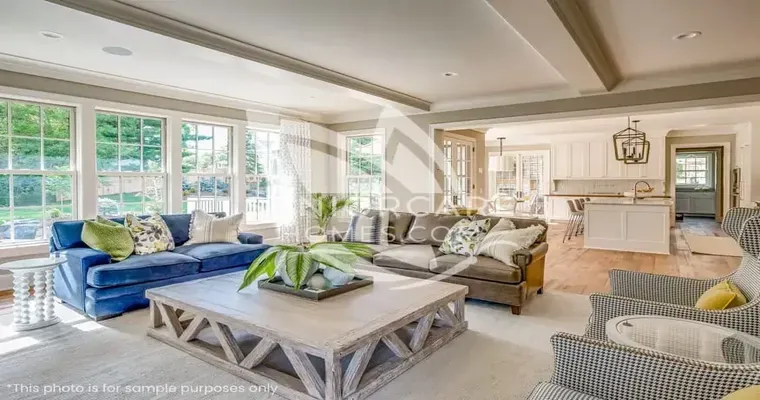In the world of "Assisted Living Facilities (ALF)", the question of how much "privacy" residents are entitled to is a significant concern for both families and facility management. As individuals transition into these communities, balancing the need for "independence" with the necessity of care becomes crucial. Understanding the appropriate level of privacy in ALFs involves examining various factors, including resident rights, safety, and the communal living environment.
Understanding Resident Rights
In many jurisdictions, residents of ALFs have specific "rights" that protect their privacy and personal space. These rights often include the ability to control who enters their living area and how their personal information is shared. It is essential for families to familiarize themselves with these rights, as they play a key role in determining how much "privacy" is reasonable in an ALF setting. Caregivers must also respect these rights while ensuring the well-being of their residents.
The Importance of Safety
While privacy is important, the safety of residents must also be a top priority. In an ALF, staff members must have access to residents' quarters in case of emergencies. This need for safety often leads to a delicate balance between maintaining a resident's personal space and ensuring that staff can provide immediate assistance when necessary. Therefore, the question arises: how much privacy can be afforded without compromising safety?
Personal Space Considerations
In an ALF, personal space can differ greatly from traditional living arrangements. Residents may share rooms or common areas, which can impact their sense of "privacy". Facilities often implement policies regarding personal belongings and room arrangements to maximize comfort and privacy. Understanding these policies can help residents feel more at home while still receiving the support they need.
Communal Living Dynamics
The communal nature of assisted living can complicate perceptions of privacy. Residents share common areas for dining, activities, and socializing, which can sometimes lead to conflicts regarding personal space. It's crucial for ALFs to cultivate a culture of respect and understanding among residents, promoting open communication about privacy expectations. This dialogue can help create an environment where residents feel secure yet still enjoy their independence.
Conclusion
The question of how much "privacy" is reasonable in an "Assisted Living Facility" is complex and multifaceted. It involves balancing individual rights, safety, personal space, and the dynamics of communal living. Families should engage in discussions with facility management to understand privacy policies and ensure that their loved ones' needs are met. Ultimately, finding the right balance leads to a comfortable living environment where residents can thrive while receiving the care they need.





